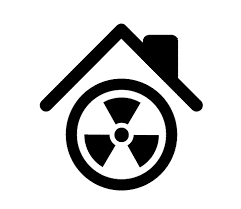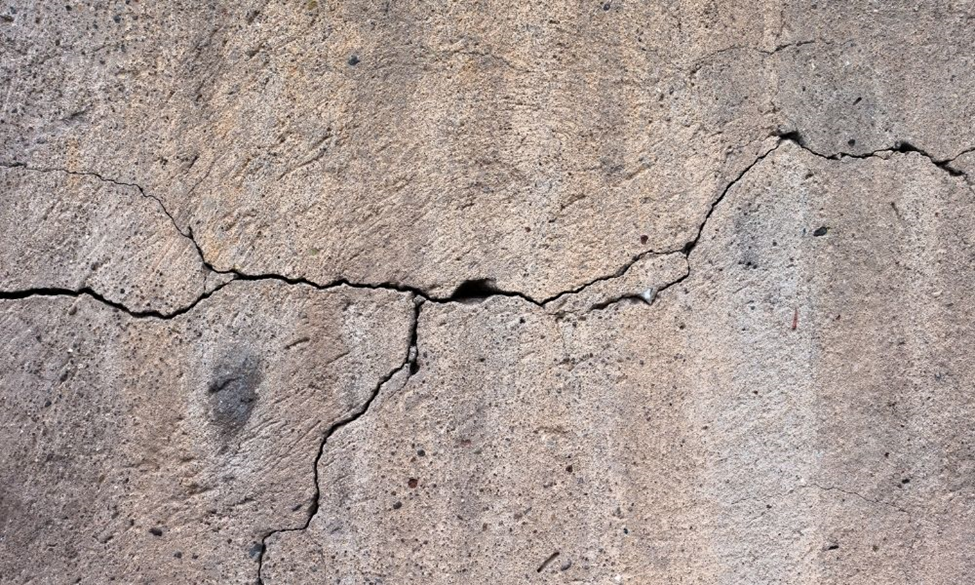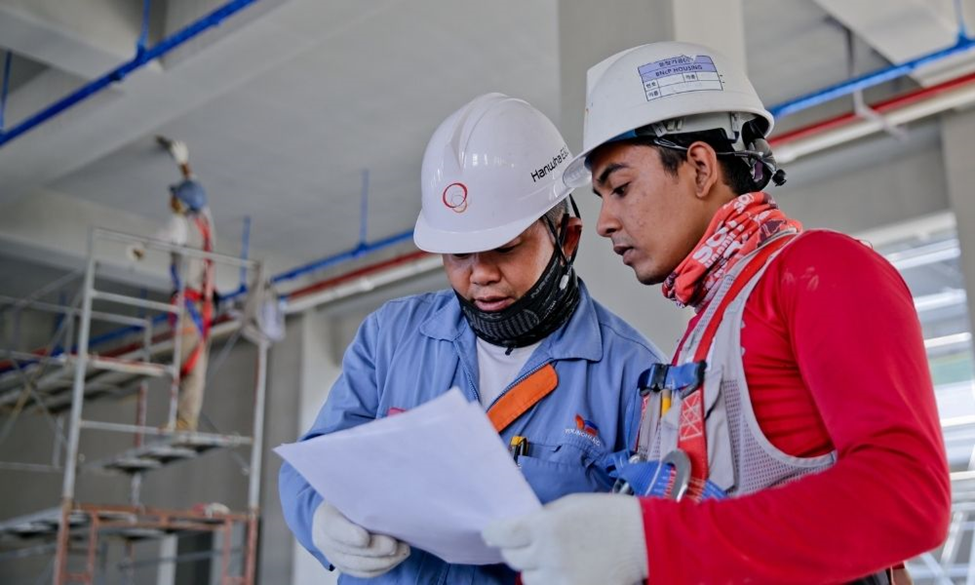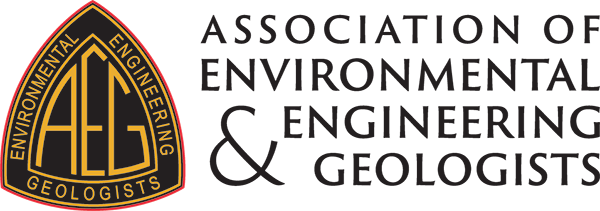This blog originally appeared on July 6, 2021 and has been reissued.

Radon is a naturally-occurring radioactive gas found commonly in many buildings. It is known to cause lung cancer. Because it is colorless and odorless and can easily build up to dangerous levels in the enclosed spaces of our homes and workplaces, it poses a particularly sneaky hidden threat. Structures of any age can be susceptible to high radon levels, however there are certain areas of the country that are at an increased risk of elevated radon levels. Visit the EPA’s interactive radon map to see the risk level in your area.
Radon gas forms in the Earth’s crust during the uranium decaying process. It rises through the surface of bedrock and soil, where it seeps into buildings through foundations and subfloor levels. If the radon gas does not have the ability to dissipate, it can build up and expose the people within to significant health risks.

The EPA has ruled that a finding of radon levels greater than 4 picocuries per liter (4 pCi/L) necessitates remediation. Applied geologists will often be tasked with testing radon levels and making recommendations for mitigation.

Mitigating Elevated Radon Levels
Radon testing on existing structures can be done fairly simply with tests that can be purchased at most home improvement and hardware stores. If elevated levels are found, it is imperative to call in a professional for more thorough diagnostic testing and mitigation planning.
Radon mitigation is any process or system that reduces radon concentrations in buildings. A quality radon mitigation system will reduce the indoor radon level to as low a level as can be realistically achieved. Getting levels to below 4 pCi/L is the minimum goal but a good radon mitigation system may be able to reduce levels to below 2 pCi/L.
It’s typically easier and less expensive to design buildings with radon resistance and mitigation in mind than it is to try to address the issue after the building is already occupied. For older buildings, this is clearly not an option, but for new construction, preventive techniques should be applied.
For larger buildings such as school and office buildings, the EPA recommends three main techniques to avert the potential for high radon levels, particularly in higher-risk (radon-prone) areas:
- Installing an active-soil depressurization (ASD) system;
- Pressurizing the building’s HVAC system;
- Sealing all major potential radon entry points.
For existing homes, a radon mitigation professional should conduct some diagnostic testing and determine the type of radon remediation system to install.
For new home construction, the EPA recommends the following strategies to mitigate the possibility of elevated radon levels:
- A layer of gravel below the foundation;
- Plastic sheeting or a vapor retarder on top of the gravel;
- A vent pipe to allow radon gas to safely escape;
- Sealing and caulking all cracks and crevices in the foundation floor;
- Installing an electrical junction box in the attic for use with a vent fan, in case more venting is needed.

These techniques are not terribly difficult to implement, and although they will increase the time and cost of construction a bit, they are usually far less expensive to implement during the construction process than they would be after the building is furnished and occupied. They are also a strong selling point for potential buyers, renters or employees.
Thinking of becoming a radon mitigation professional? Many states require that anyone providing radon testing and remediation services be certified or licensed. For more information on becoming a certified radon professional, visit the EPA’s Radon Information Resources page for a listing of regional training centers.
